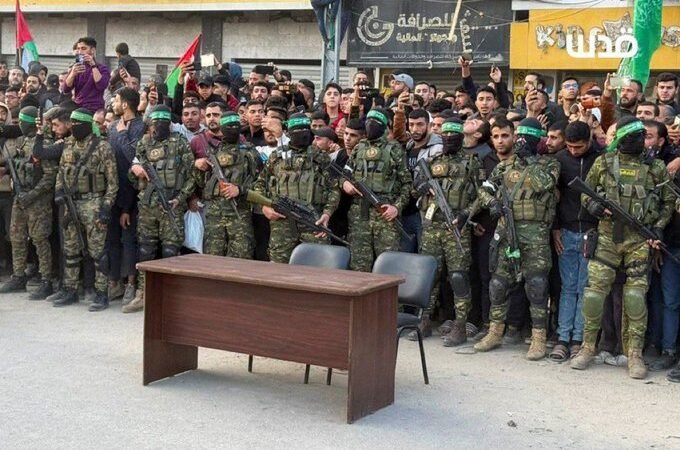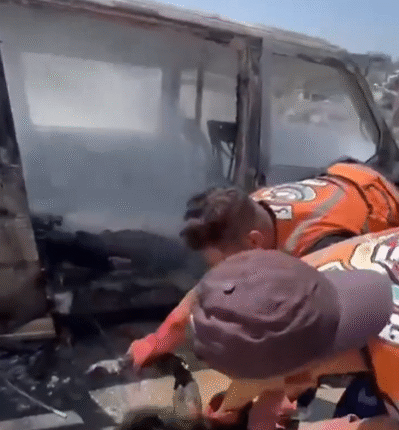The fact that the hostages held by Hamas were hidden in Northern Gaza a place which had been raided many times by the IDF reveals grave questions as to the level of depth in the intelligence and operations of Israel. That the hostages were turned over to the Red Cross at Saraya Square, Gaza City a location constantly attacked by the IDF shows major lapses in Israel’s operation strategy.
The extensive raids that the IDF undertook in Northern Gaza had no clues regarding the hostages location. This either suggests an intelligence failure or a critical inability to spot Hamas’s moves and strategies for concealment.
One of the biggest headaches the IDF has faced, and continues to face, is the extensive, almost subterranean tunnel system that Hamas operates-effectively its refuge and enabling it to get away scot-free every time Israeli forces raid. Although advanced technologies were in service, Israel does not appear to have completely mapped or degraded this subterranean structure.
Misplaced Focus: While most of the efforts by the IDF involved raiding civilian areas and camps, evidence shows that these operations have not disrupted Hamas’s core operations or brought them closer to finding hostages.
The release of hostages in the Gaza City Saraya Square a location that experienced multiple raids published a superficial proficiency in Israel’s intelligence. If this place was under such multi layered examination, how could any overlook it for a place to conduct vital functions?
Adding to the controversy, claims by Israeli journalists that they knew where the hostages were kept in local camps raise serious questions about communication and coordination within Israeli military and intelligence circles. If such knowledge existed, why was it not acted upon effectively? This gap reflects possible lapses in leadership or operational decision making.
In this conflict, thousands of Gazans endured airstrikes, detentions, and house demolition, which do not affect hiding Hamas operatives or hostages several meters deep into hidden tunnels and clearly out of reach to IDF. Heavy targeting of civilians has sparked protests in the world to question both proportionality and military strategies of Israel in achieving the main goals of her military offensive:.
The fact that widespread raids did not find hostages, and the eventual handover came about in one of the most targeted areas, underlines serious flaws in Israel’s intelligence and military strategy. It also reflects the strategic advantage Hamas has in the use of underground networks and the capability to operate in a highly populated urban environment.
This incident has again reminded us that military might alone cannot guarantee success in such conflicts, especially when it comes at the cost of civilian lives. Dealing with the roots of the conflict and investment in intelligence reforms are required for both immediate security and long term peace.



